We are quickly heading into my favourite time of the year! While some may look at autumn as the last chance to get yard work done before winter, I prefer to focus on the rewards of all of the effort that I put in throughout spring and summer.
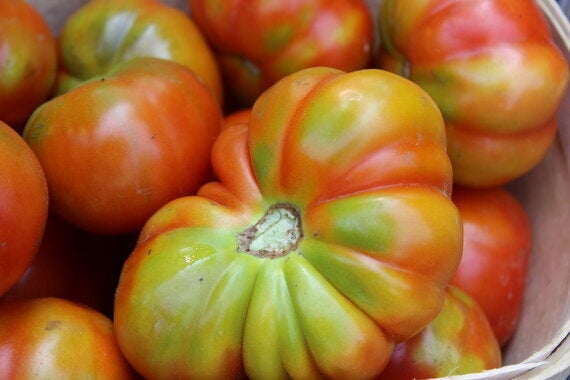
This is the time of year best known for the harvest, and my vegetable garden is bursting with all of the proverbial "fruits of my labour." This is also the time of year when I need to start filling the freezer, can and preserve all of the food that I grew for my family to eat. I really focus on three methods of food preservation: canning, freezing and dehydrating.
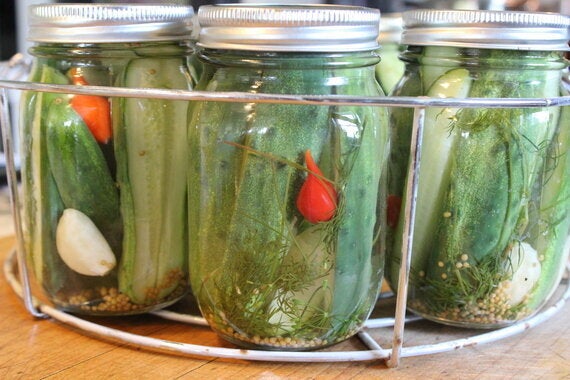
When it comes to canning, the technique is pretty simple. Put food into a jar and seal the jar so that no bacteria can attack your food. Obviously there are more steps involved, but from a basic perspective, this is what canning is. I do a lot of my canning of items like carrots, cucumbers and beans by incorporating a brine; a solution of salt and vinegar. (The salt is really just there for flavour).
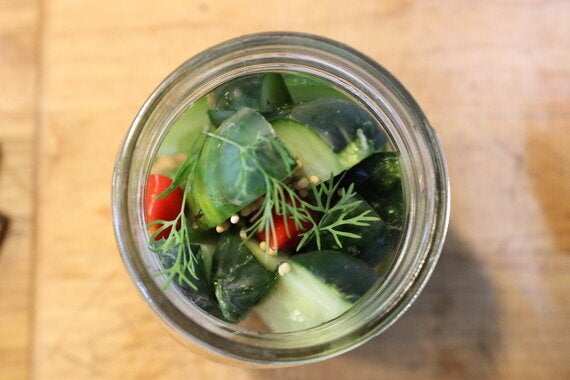
This simple liquid, mixed with herbs, garlic, chilies or even spices not only preserves the food; it also imparts flavour into it.
Filling the freezer full of produce and meats is something that I picked up from my mother and her mother before that. Buying in bulk or growing and harvesting food to put away for when you need it is not only rewarding, it's an amazing way to feed your family healthy food and save money at the same time. I often incorporate a sheet pan when I am freezing "juicy" foods like strawberries or blueberries because they tend to stick together.
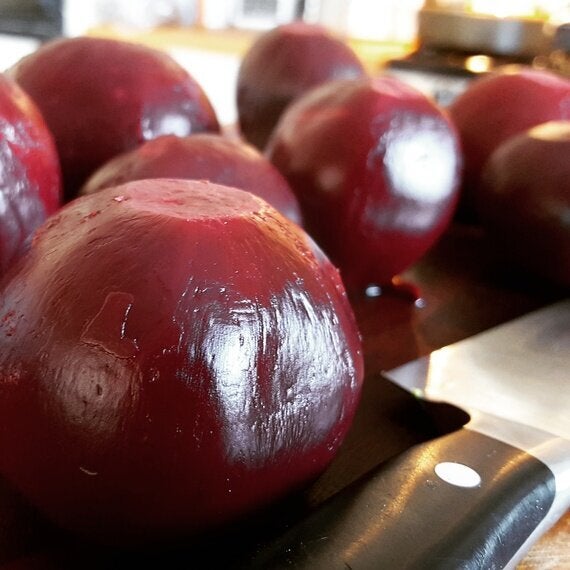
By spreading the food across the sheet pan, you can ensure that each piece freezes individually. The other big challenge with the use of the freezer is the damage from air in the bag or container. Called "freezer burn," it is one of the most common ways that food is damaged through dehydration and oxidation.
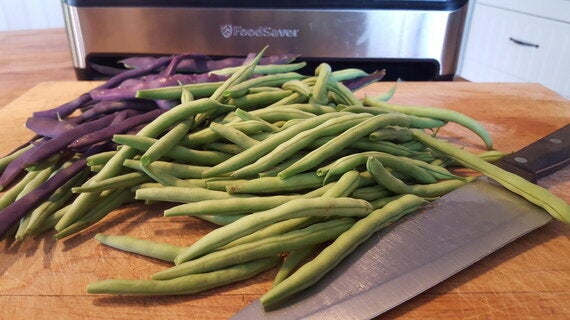
I use the FoodSaver vacuum sealing system to extend the life of my fresh AND frozen foods because it effectively removes the oxygen from their specially designed bags and containers that I freezing in. Studies have shown that your food will last up to five times longer by using a vacuum sealing system.

Finally, I often will dehydrate a lot of my foods to preserve them, especially the juicy ones like tomatoes and apples. Dehydration has some great benefits over canning and freezing. This process of drying out food removes more of the risk of botulism, requires less room for storage and is relatively inexpensive to do. The key to dehydrating food is to prepare it the way you plan on consuming it before you dry it out because it is often very difficult to work with once preserved.

Whether you have a garden or just visit the local farmers market, get out this fall and stock up on all the best and freshest fruits, meats and vegetables that your community has to offer. Just make sure that you are preserving them so that you can feed your family through the entire winter.
Follow HuffPost Canada Blogs on Facebook
Also on HuffPost:
